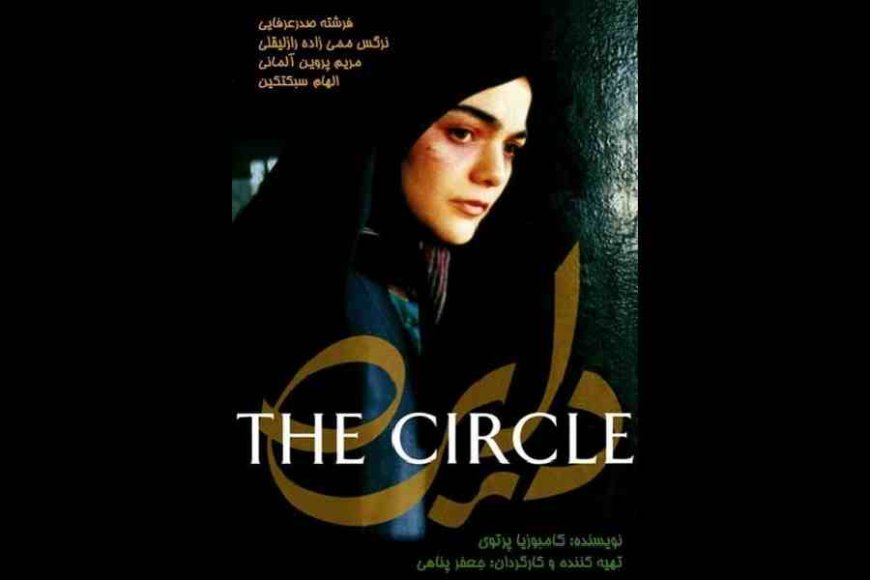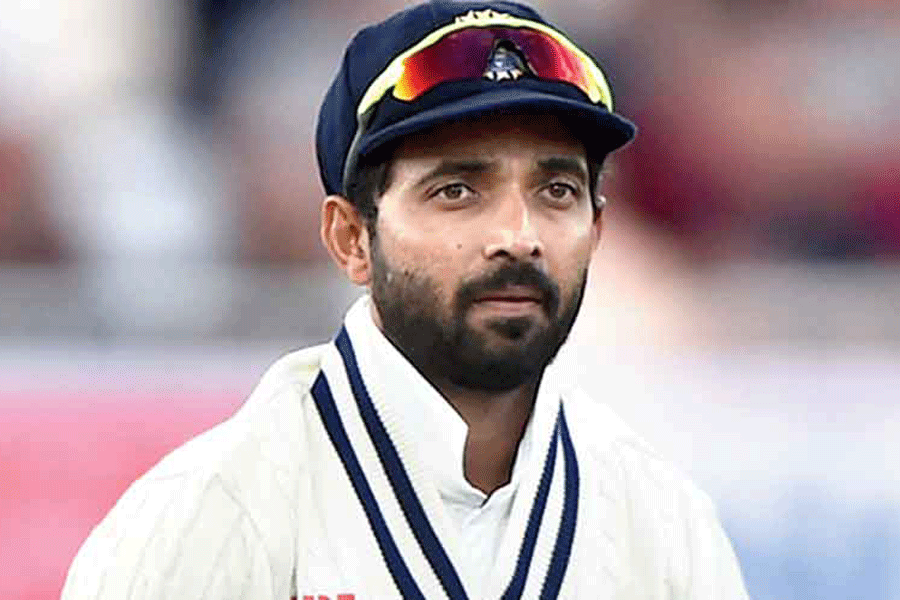Varun Grover Curates Coming-of-Age Films on MUBI and Talks Directorial Debut
Exploring the World of Cinema and All India Rank

On the streaming service MUBI, under the "Hand-picked by Varun Grover" spotlight section, is a special selection of coming-of-age movies hand-picked by the actor, lyricist, filmmaker, and stand-up comedian. Varun was interviewed by t2 to discuss the curation and his first feature picture directing experience, All India Rank, which hit theaters last month.
On MUBI, you've put together a unique collection of movies. Exist any particular standards or criteria that connect these titles?
As a major MUBI fan, I love that some games—like many classics—are exclusive to MUBI yet should have been available on many other platforms. I received a catalog of MUBI's movies, some of which were tagged as my top picks and included highly praised flicks. About 500 titles were available.
I recently had my movie All India Rank released, and since I love coming-of-age movies so much, I thought I would do a segment on them. I wanted to broaden the definition of coming-of-age and including a movie like Gamak Ghar, which is about a family's coming-of-age, rather than limit myself to just adolescent coming-of-age stories. Over time, it undergoes alterations until being destroyed and modernism takes over. A classic coming-of-age movie on time passing is Cleo from 5 to 7.
While Cleo, from 5 to 7, only lasts for around two hours in a person's life, a movie like Boyhood covers twelve years. Joyland, on the other hand, defies every convention of the coming-of-age movie. It concerns the maturation of a number of characters in terms of their sexuality, understanding of sexuality, and comprehension of trauma associated with sexuality or sexual decision-making. I thought that was a fantastic chance to leverage these different contexts and place them in coming-of-age categories.
The Circle by Jafar Panahi and Where Is The Friend's House?, which was directed by Abbas Kiarostami, are on the list. What effect have you had from the work of Iranian filmmakers?
I consider Iranian cinema to be among the purest globally. They have developed these stories, which on the surface appear innocent but are actually complex tales about how trauma functions in a community and how children act in a culture that is under constant stress. They have managed to circumvent Iran's many storytelling regulations. Where's My Friend's House, Anyway? Kiarostami starts with a harmless idea: a little child has to return a notebook to a friend, so he begins looking for his buddy's house. That kid's trip and anxiety over finding his friend's house make up the entire movie. It strikes me as such a strong movie with such a straightforward idea.
One of the first films I saw outside of Hollywood was Iranian film. I therefore see a personal coming-of-age relationship with these movies that has influenced me as a director. It was a nod in their direction. Mr. Panahi's novel The Circle is set in Iran, a country with a repressive and sexist society. However, the movie is personal rather than political. Many Iranian films convey a message that is both personal and political. It adds a distinct flavor to our list, which is primarily driven by human drama rather than politics. And then there are these two movies, which are fundamentally political even if they are human dramas.
Which particular movie first piqued your interest in coming-of-age dramas?
It progressed gradually. However, there were also movies that had a big impact on me, such as every picture in Mr. Kiarostami's discography. Majid Majidi's Children of Heaven was another.
Author Richard Linklater has influenced several works, including Waking Life and most recently, Boyhood. Along with Dazed and Confused, his Before Sunrise series has also inspired me, but it is more romantic than coming-of-age. His Apollo 10 and 1/2 is an amazing video about his early years, chronicling his upbringing and those moments.
Because we don't make many coming-of-age movies in India, Hollywood served as more of an introduction to coming-of-age cinema for me. The last thing I can recall is Vikramaditya Motwane's Udaan.
Do you think that, in Hindi cinema, coming-of-age stories are confined to the protagonist setting out on a self-discovery trip, as in Wake Up Sid or Zindagi Na Milegi Dobara?
Indeed. This is due to the fact that creating anything that is time- and space-driven is exceedingly challenging in India. Our goal is to provide generic content that is so broadly applicable that it appeals to anyone. Then it becomes the reality of everyone and nobody at the same time. It must be tailored to one individual or a subset of individuals rather than to everyone. This is an issue with a lot of commercial film; it becomes so generic that it can no longer be considered a record of the era.
Take some of the 1990s' biggest singles, such Hum Aapke Hain Koun...! Even though they were massive songs, Dilwale Dulhania Le Jayenge doesn't have any 90s vibes to it. They have the impression of being in a bygone era because it isn't represented by any relics, vocabulary, or production design from that era. They are all a part of an odd parallel universe.
However, Guru Dutt's films transport you back 60–70 years, only by using language and clothes, as in Kaagaz Ke Phool, for example. That portrayal of the film business is an accurate account of the period. I understand that some may argue that entertainment is the main goal of movies, but why exclude anything that doesn't actually hurt your plot?
How has the reception to your first directing role, All India Rank, been thus far?
The student body has responded to me with some very kind words. The 90s is where the movie is set. Many people who were coaching at IIT or attending colleges at the time could really connect to the movie. I was surprised by the kind of response I received from today's pupils. I received a reply from a student who travels 40 miles to view the movie in a theater and who lives far from Calcutta. He said he really enjoyed it. I was really worried about how a 17-year-old would react to the movie. However, they have stated that the movie made them feel heard and seen. The fact that students believe they are represented in a way that makes them feel less burdened by life was encouraging to hear.
How was the process of creating this movie?
Everybody faces challenges when producing a small-scale or low-budget movie. You have to complete everything in the allotted time, budget, and labor, despite your restricted resources. However, I was unaware of the difficulty in getting the movie released and into enough theaters so that people could see it. Due to the lack of profit potential in a movie with no stars on the poster, only a small number of theaters were able to screen it.
The greatest high, though, has come from working with a group of novices to produce something genuine and heartfelt. Since the majority of the crew was also new, there was a strong desire to act honorably and a raw energy.
We created with what we knew about the world and our ability, and I'm really proud of what we produced. Although there hasn't been much of a commercial reaction to the movie, there has been a huge warm and emotional response.
ARUN'S MUBI SELECTIONS:
Cleo (director: Agnes Varda) from 5 to 7
Barry Jenkins is the director of Moonlight.
Jafar Panahi is the director of The Circle.
The Worst Person in the World (Joachim Trier, director)
Shane Carruth, director, is the primer.
Achal Mishra is the director of Gamak Ghar.
Joyland (Salim Sadiq, director)
The Friend's House Is Where? (Abbas Kiarostami, director)
Except for the headline, this story has not been edited by Press Time staff and has been published from a syndicated feed.























































